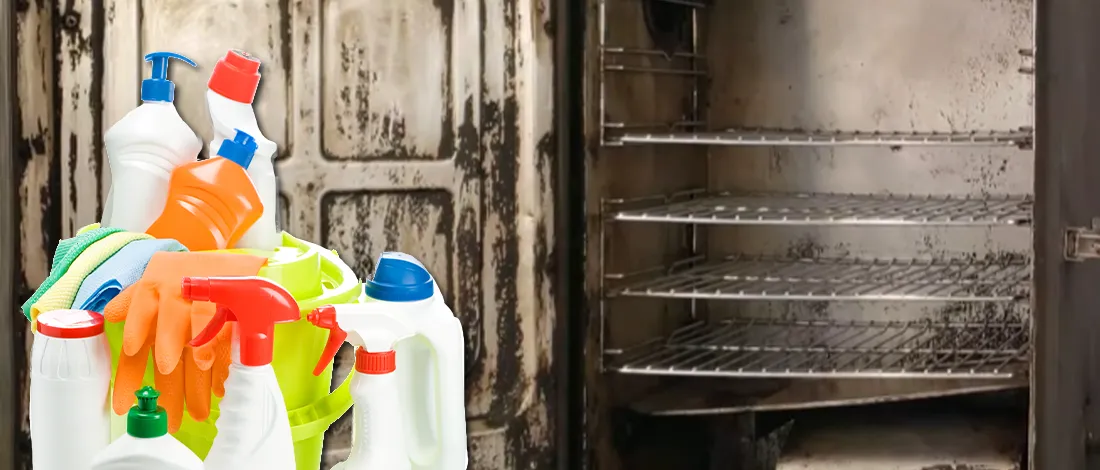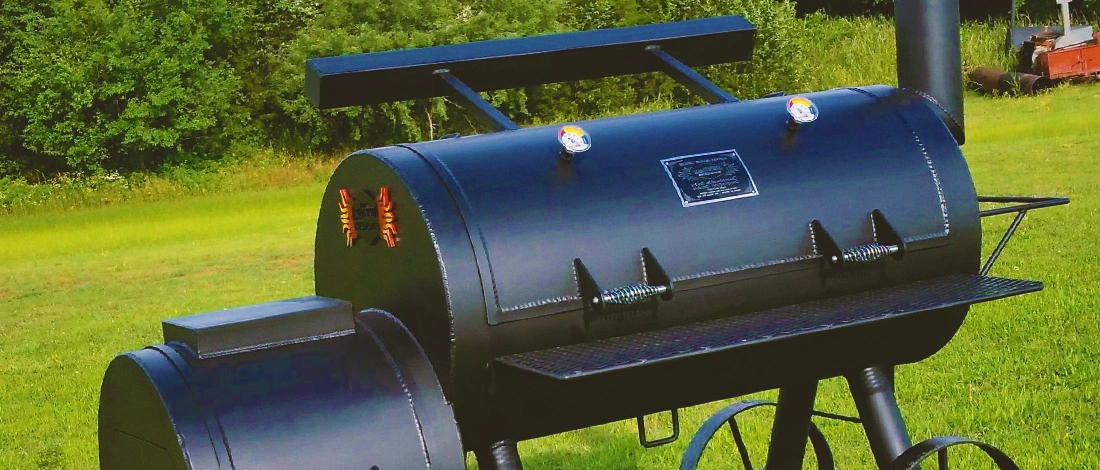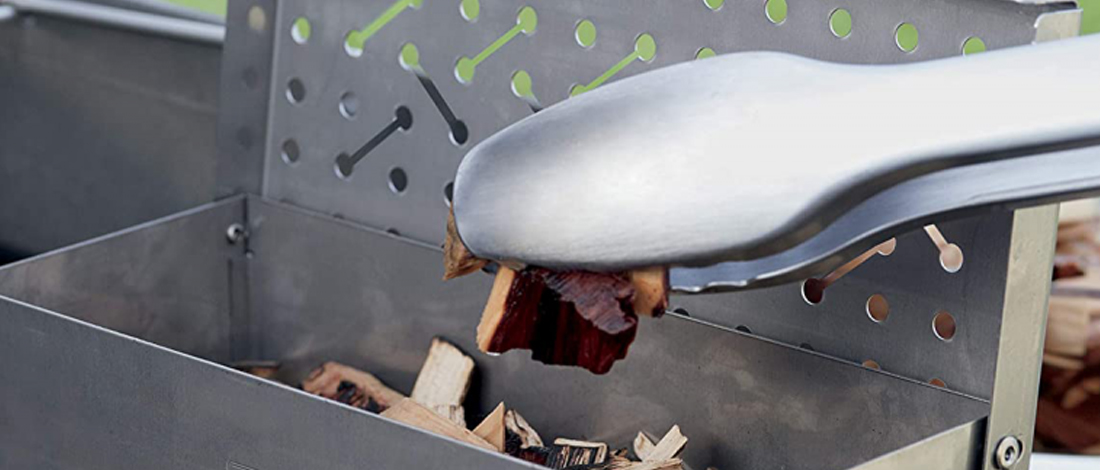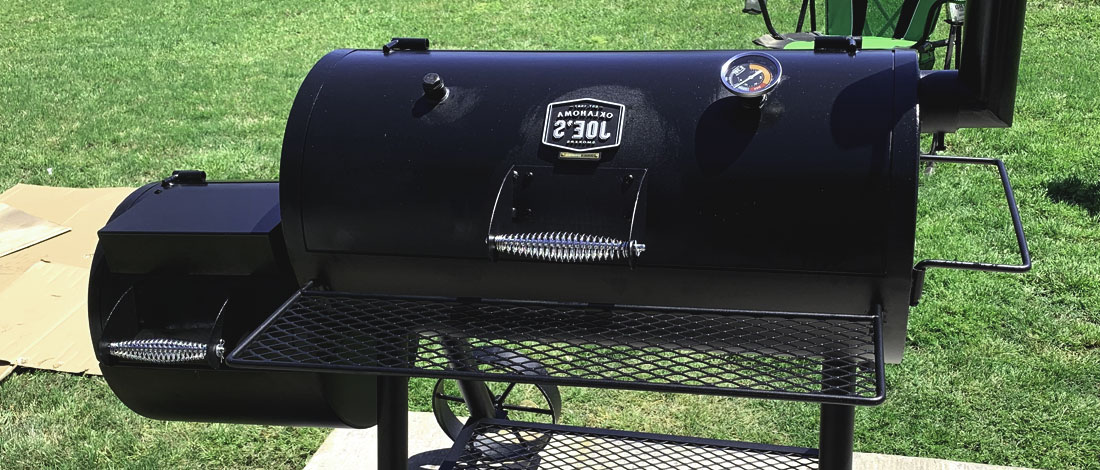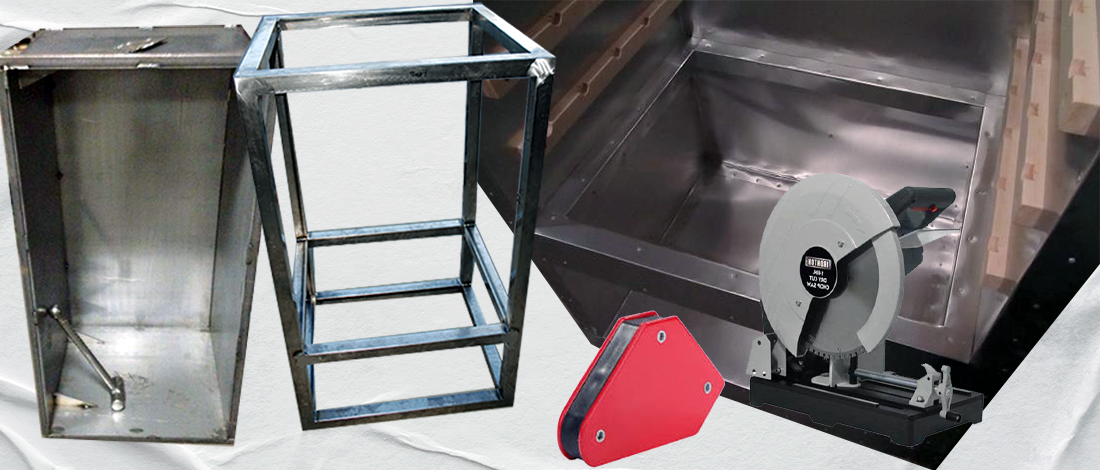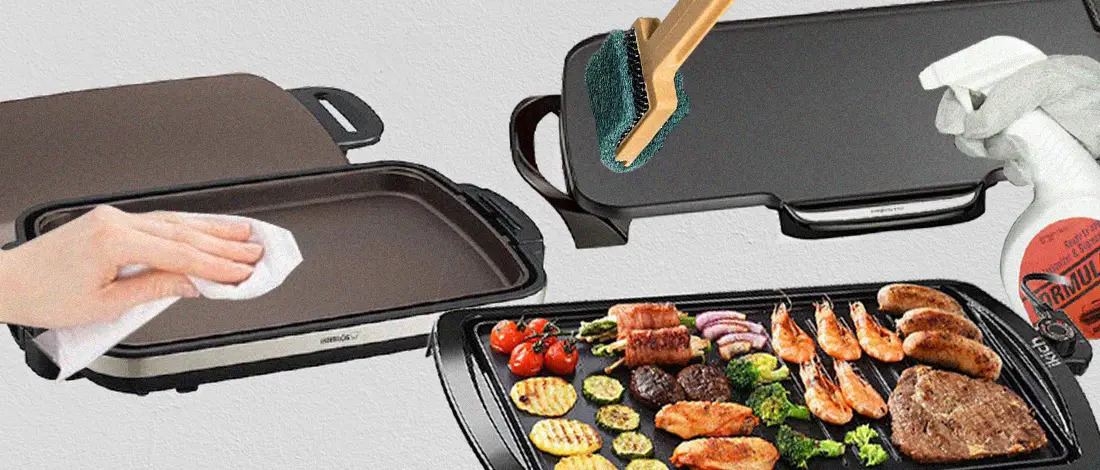Some smoker users think that creosote works like seasoning and adds flavor to your meal. In fact, this is a fast way to ruin the metal on your grill and even get unhealthy food.
In the years I’ve been on a carnivore diet, I’ve used all kinds of grills and dealt with my fair share of creosote. It’s an unavoidable part of the cooking process, forming on pretty much every grill I used for a long time.
Because of this, I’ve become an expert in creosote removal ways. Today, I’ll explain what creosote is and how to remove it from your smoker.
Quick Summary
- Creosote can be removed from smokers using a propane torch, wire brush, vegetable oil for re-seasoning, or warm water.
- Creosote is a condensate that forms when wood is used for smoking, and it can be harmful if ingested in large amounts.
- Creosote forms due to heavy smoke inside the smoker, often due to insufficient fuel, too much fuel, or improper airflow.
What Is Creosote?

Creosote is a condensate that forms when you use wood for smoking. It's formed when wood vaporizes at high temperatures.
If the vapor burns, it's called flame, but if it doesn't, it's called smoke. When smoke reaches a cool surface, the vapors condense. This condensate is called creosote.
In simple words, creosote is the oily black stuff you see when you're cooking. It's a highly flammable hydrocarbon, and it can be dangerous.
“Creosote is derived from the distillation of tar from wood or coal and is used as a wood preservative. Pesticide products containing creosote as the active ingredient are used to protect wood used outdoors (such as railroad ties and utility poles) against termites, fungi, mites, and other pests.”
-US Environmental Protection Agency
Creosote has an oily aftertaste that hints of turpentine; generally, food will taste bitter. You'll know there's creosote on your electric smoker if you see a shiny, flaky, black layer.
Although some people like the flavor that creosote build-up gives, it's unhealthy. Here's why:
- Creosote is full of chemicals, such as phenol, cresols, and guaiacol [1].
- Creosote has been used as a laxative [2].
- Ingesting large amounts of creosote can cause stomach pain and a burning sensation in the mouth [3].
- Rats fed creosote over a certain period had kidney and liver problems and died [4].
Why Does Creosote Form?

Creosote forms because the smoke inside your smoker is too heavy. You’ll know the smoke is too heavy when you see white smoke coming out.
This means your fire isn’t burning clean, and it happens because:
- There’s insufficient fuel
- There’s too much fuel
- There’s no proper airflow
- The colas are burning too fast
- The coals aren’t hot enough
This all means that you don’t have good temperature control inside the smoker.
Out of all of these, the airflow is especially important. You want your wood to burn as much as possible. But, if you don’t have enough airflow, this will starve the fire and lead to incomplete combustion.
Once the wood oils aren’t burned, they go off-gas and up with the smoke.
The smoke becomes cooler the higher it goes, condenses with the water, and creates creosote.
Overall, creosote goes through three stages:
- It begins as a loose, flaky deposit that’s easy to brush away.
- It turns into a tar-like deposit that’s difficult to get rid of. It requires a wire brush or a scraper.
- Finally, it becomes hardened and very difficult to remove. It also starts to drip like candle wax when it reaches a high temperature.
This is why you should get rid of creosote after each use.
Removing Creosote from Smokers
Here are my top four ways to remove creosote from an offset smoker or other kinds of smokers:
1. Propane Torch
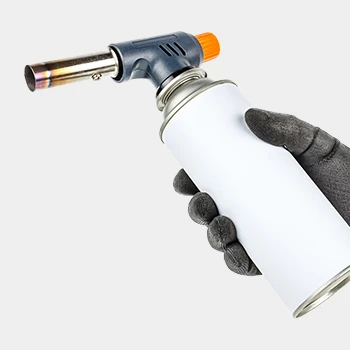
My first tip for removing creosote is to use a propane torch or a propane weed burner. You want to heat up or burn the creosote, and a propane torch can help as it produces high heat.
When you use a propane torch or a weed burner, the creosote will start turning into ashes and automatically fall off the grates and other areas where it built up. After you’ve burned it off, you should wipe the smoker surfaces.
I recommend using a propane torch or a weed burner after every third or fourth smoke to prevent too much creosote build-up.
Pro tip: Go over the racks several times until you see creosote melting off. Then you can use a regular wire brush or a soft brush to remove creosote and any other dirt.
Note: This method works best with charcoal smokers, and you shouldn’t use it with electric smokers because you may damage important parts.
2. Wire Brush
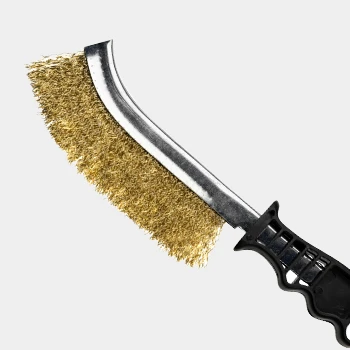
My next best tool for cleaning creosote is a scraper or wire brush. This will take longer than using a propane torch, but it’s also a good option to remove stubborn creosote.
Plus, you can get into hard-to-reach crevices more efficiently with a brush than with a propane torch.
It’s best to use a wire brush after you’ve just done smoking, as the creosote isn’t sticking very hard to the smoker’s surface yet.
You can also use a propane torch first. If there are traces of creosote left after it, scrape off the creosote with a wire brush. Then, wipe off the surfaces with a damp cloth.
3. Vegetable Oil

Vegetable oil is best used to re-season the smoker after you’ve gotten rid of creosote.
Once you’ve thoroughly cleaned your charcoal smoker, you want to avoid creosote building up again and ensure the smoker is protected.
You can use vegetable oil to re-season the smoker. Here’s a step-by-step guide to avoid creosote build-up again:
- Clean the smoker
- Coat the smoker surface with vegetable oil
- Turn on the heat at a high temperature for 2 to 4 hours.
This will make sure your smoker is ready for use and also get rid of any traces of creosote that may have remained inside.
4. Warm Water

You can also use warm water to remove creosote. Keep in mind, if there’s a lot of creosote build-up, for example, if it’s been building up for over a year, the water probably won’t work.
But, if you’re noticing creosote while doing your regular cleaning, you can use a water hose to soak the creosote.
If it becomes very messy, I use an oven cleaner or a small amount of creosote remover.
I follow the instructions on the packaging, scrape off the creosote, then rinse with warm water once again to make sure there’s no residue and the smoker is clean.
FAQs
How Do You Avoid Creosote When Smoking Meat?
You avoid creosote when smoking meat by cleaning your smoker after each use. For example, a dirty pellet grill will quickly produce creosote. You also need good airflow, so make sure to open all the vents.
Will Vinegar Remove Creosote?
Yes, vinegar will remove creosote. Vinegar is a natural acid that can break down creosote over time. Pour the vinegar on the creosote and wait until it dissolves.
References:
- https://www.atsdr.cdc.gov/sites/KerrMcGee/docs/Creosote%20Health%
- https://wwwn.cdc.gov/TSP/ToxFAQs/ToxFAQsDetails.aspx?faqid=65&toxid
- https://wwwn.cdc.gov/TSP/ToxFAQs/ToxFAQsDetails.aspx?faqid=65&toxid
- https://wwwn.cdc.gov/TSP/PHS/PHS.aspx?phsid=64&toxid=18


